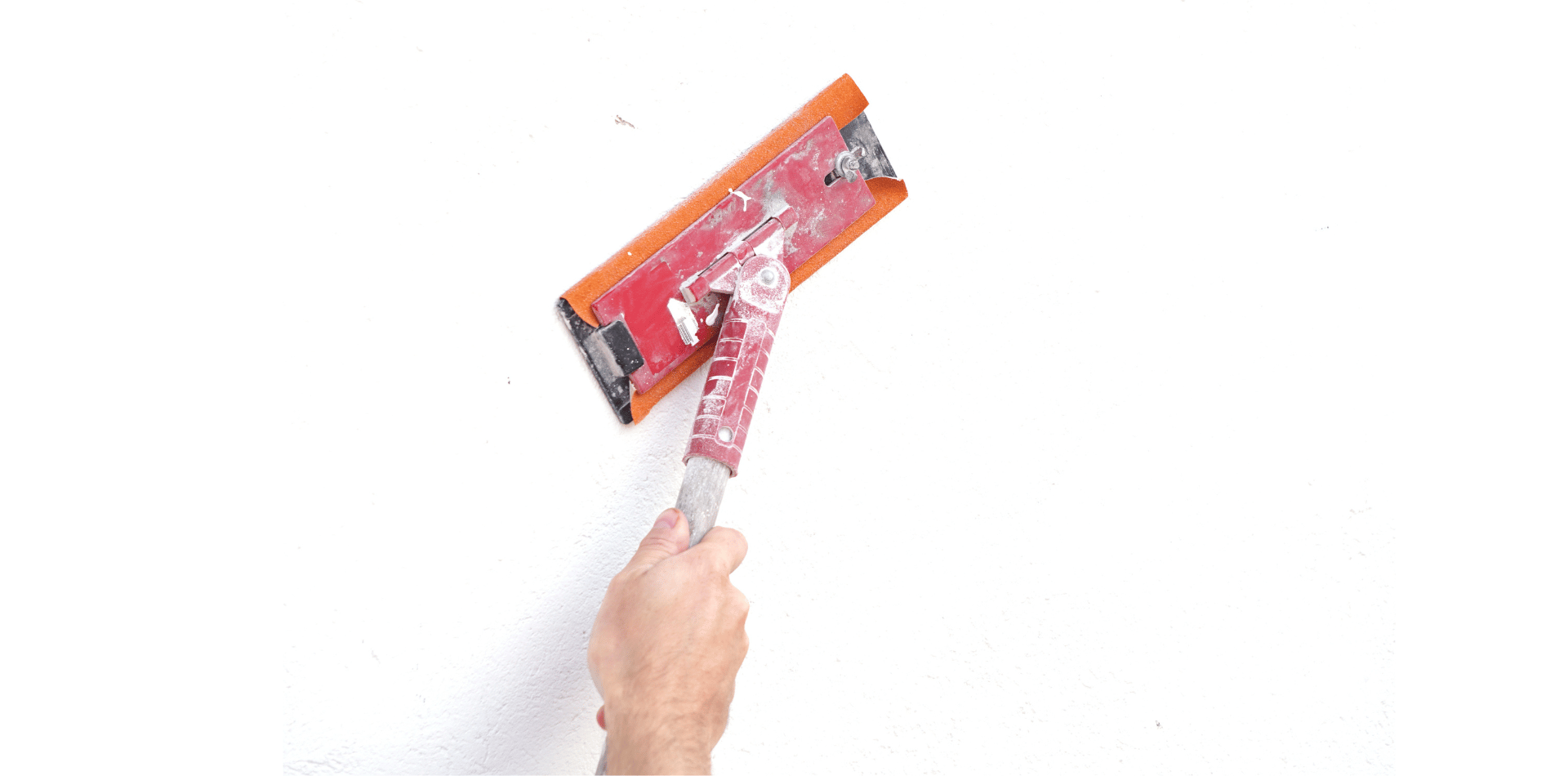How to properly prepare a wall for painting

So, you have decided to do your next painting project yourself.
Preparing your wall for painting is a crucial step to ensure a smooth, professional-looking finish.
The process can be broken down into several key steps:
Essential Supplies
Before you begin, make sure you have all the necessary supplies.
These typically include:
- Drop cloths or plastic sheeting
- Painter's tape (Masking Tape)
- Sandpaper (various grades)
- Filling compound or putty
- Putty knife
- TSP (Trisodium Phosphate), Sugar Soap or mild detergent
- Sponges or clean rags
- Ladder
- Primer (if needed)
Clear the Area
- Remove all furniture from the room, or move it to the centre and cover it with drop sheets.
- Take down any pictures, curtains, and hardware from the walls.
- Cover the floor with drop cloths or plastic sheeting to protect it from paint drips.
Surface Cleaning
- Dust the walls with a duster or a dry cloth.
- Wash the walls with a solution of TSP, Sugar Soap or mild detergent and water. This step is crucial for removing grease, dust, and other residues that could prevent the paint from adhering properly.
- Rinse the walls with clean water and let them dry completely.

Repair and Sanding
- Inspect the walls for any holes, cracks, or imperfections.
- Fill in small holes and cracks with filling compound using a putty knife. For larger repairs, you may need a different type of filler or patch.
- Once the filler is dry, sand the area smooth with sandpaper. Start with a coarser grit and finish with a finer grit for a smooth surface.
- Wipe down the walls again to remove any dust from sanding.
Tape Off Areas
- Apply masking tape to the edges of the wall, along trim, windows, and door frames.
- Make sure the tape is well-adhered to prevent paint from bleeding underneath.

Apply Primer (If Needed)
- If you’re painting over a darker colour, painting new render, or if there are stains on the walls, applying a primer is recommended.
- Use a brush or roller to apply the primer, starting from the top of the wall and working your way down.
- Allow the primer to dry completely according to the manufacturer’s instructions.
Final Preparations
- Check the walls one last time for any missed spots or imperfections.
- Ensure that the room is well-ventilated.
- Have all your painting supplies (paint, brushes, rollers, etc.) ready.
By following these steps, you'll create a clean, smooth surface that's ready for painting.
Proper preparation is key to achieving a finish that looks professional and lasts longer.





